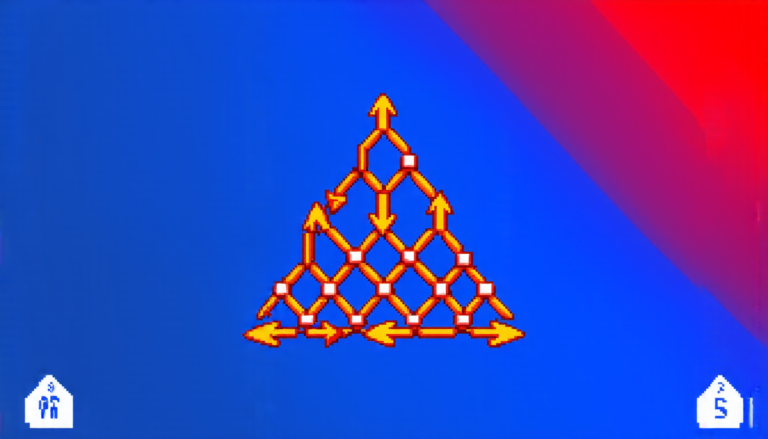Saturday 12 April 2025
The quest for a more efficient and powerful way to generate terahertz radiation has led scientists to explore unconventional materials and structures. One such material that has shown great promise is graphene, a two-dimensional sheet of carbon atoms arranged in a hexagonal lattice.
Graphene’s unique properties make it an ideal candidate for terahertz applications. Its high electron mobility and carrier density allow it to support surface plasmons, which are ripples in the electromagnetic field that propagate along the surface of the material. These plasmons can be excited by light or other forms of radiation, and they have been shown to be useful for a variety of applications, including sensing and communication.
In their latest research, scientists have used graphene to create a new type of terahertz source. By depositing a layer of graphene on top of an n-type indium antimonide (InsB) semiconductor, the researchers were able to generate high-power terahertz radiation with unprecedented efficiency.
The key to this achievement lies in the interaction between the graphene and the InsB semiconductor. When a p-polarized laser beam is incident on the interface between the two materials, it excites surface plasmons that propagate along the graphene surface. These plasmons then interact with the InsB semiconductor, generating terahertz radiation through a process known as linear mode conversion.
The resulting terahertz radiation has several advantages over traditional sources. It is more powerful and efficient, requiring less energy to generate the same amount of radiation. Additionally, it is tunable, allowing researchers to adjust the frequency and amplitude of the radiation to suit their needs.
The potential applications of this new terahertz source are vast and varied. In the field of medicine, it could be used to create high-resolution images of biological tissues, potentially leading to earlier diagnoses and more effective treatments. In the realm of communication, it could enable faster data transfer rates and more reliable connections.
As researchers continue to explore the properties of graphene and its potential applications, we can expect to see even more innovative solutions emerge from this cutting-edge material. With its unique combination of high electron mobility, carrier density, and tunability, graphene is poised to revolutionize our understanding of terahertz radiation and open up new possibilities for a wide range of fields.
The scientists’ work has opened up new avenues for the development of compact, efficient, and tunable terahertz sources.
Cite this article: “Unlocking Terahertz Technology: Breakthroughs in Graphene-Based Plasmonic Devices”, The Science Archive, 2025.
Graphene, Terahertz Radiation, Surface Plasmons, Indium Antimonide, Semiconductor, Laser Beam, Linear Mode Conversion, Tunable Radiation, High-Power Radiation, Efficient Energy Generation







